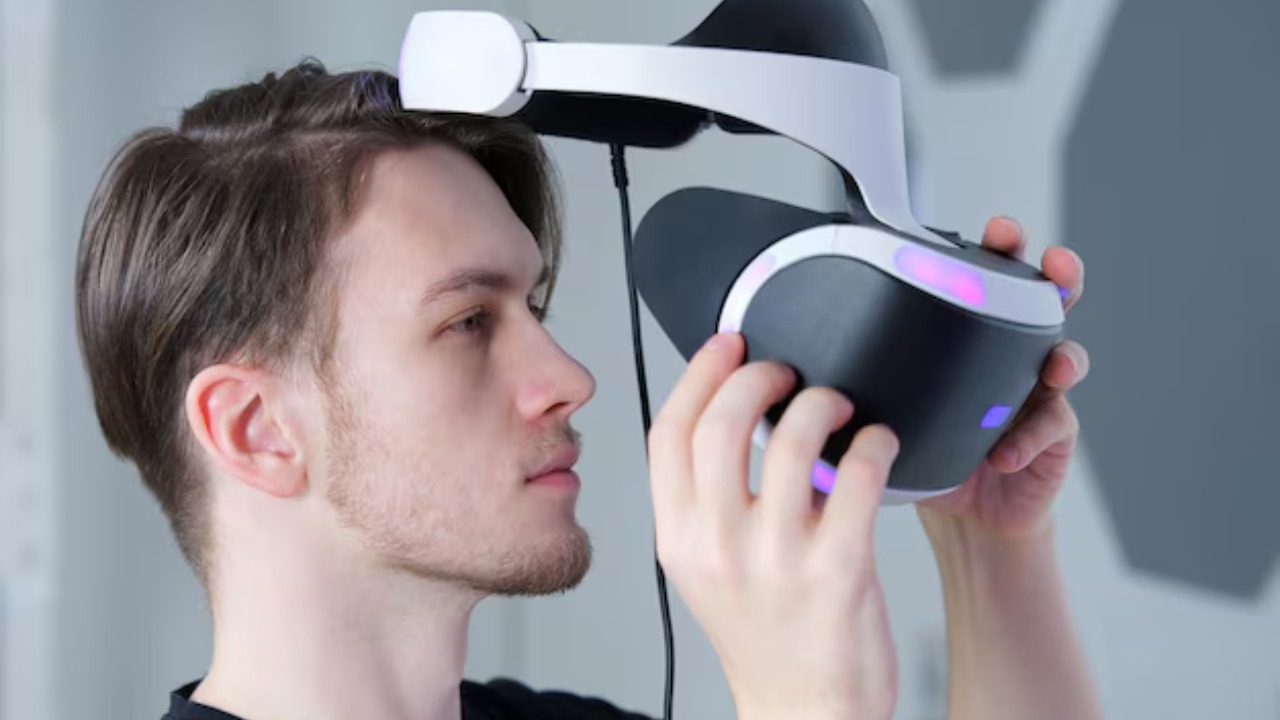
A recent study has shed light on the potential of virtual reality (VR) technology to significantly reduce the incidence of dangerous motion sickness among astronauts. The research, conducted and reported on November 9, 2025, suggests that VR could decrease this risk by over 80%. This breakthrough could address a major hurdle in long-duration space missions, as VR can be used as a pre-flight training tool to acclimate crews to microgravity environments, thereby mitigating symptoms that have historically affected astronauts during launch and orbit.
The Impact of Motion Sickness on Space Exploration
Space adaptation syndrome is a prevalent issue among astronauts, affecting up to 70% of them. This condition causes nausea, vomiting, and disorientation, which can significantly impair mission performance. Historical examples from NASA and other space agencies reveal instances where motion sickness delayed tasks or necessitated medical interventions during early shuttle and International Space Station (ISS) missions. If left unaddressed, these symptoms pose operational risks in extended missions, such as those planned for Mars.
Understanding Astronaut Motion Sickness
The physiological causes of space adaptation syndrome are primarily sensory conflicts between the inner ear, eyes, and body in zero gravity. Symptoms like vertigo and gastrointestinal distress can persist for days, reducing crew efficiency and increasing reliance on anti-nausea drugs, which often come with their own side effects. Studies have shown that susceptibility to these symptoms varies based on individual factors such as prior experience and genetics.
Virtual Reality as a Training Solution
VR systems that replicate microgravity motion through immersive simulations offer a promising solution. These systems allow astronauts to practice maneuvers without physical risks, using hardware like head-mounted displays and motion platforms in ground-based VR setups to desensitize users to conflicting sensory inputs. Not only is VR more cost-effective than traditional training methods, but it also offers the advantage of repeatability, allowing for personalized acclimation programs.
Key Findings from the Recent Study
The recent study reaffirms the potential of VR technology to reduce dangerous astronaut motion sickness by over 80%. This was demonstrated in controlled trials where participants simulated space travel. The study’s methodology involved VR exposure sessions prior to motion challenges, with symptom reduction measured via standardized scales. These promising results emerged from research reported on November 9, 2025.
Implications for Future Space Missions
An 80%+ reduction in motion sickness could significantly enhance crew productivity on long-haul flights to the Moon or Mars. This breakthrough could be integrated with ongoing programs like NASA’s Artemis or private ventures by SpaceX, potentially shortening adaptation periods in orbit. The use of VR for deep-space simulations could also prepare international crews for the psychological and physical stresses of space travel.
Challenges and Next Steps in VR Adoption
Despite its potential, VR technology does have limitations. For instance, VR-induced cybersickness can occur in some users, necessitating refined algorithms for realistic yet tolerable simulations. There is also a need for larger-scale validation, including real-flight data from upcoming missions to confirm Earth-based results. Technological advancements, such as AI-enhanced VR for adaptive training tailored to individual astronaut profiles, could further improve the effectiveness of this approach.
As the study suggests, the integration of VR technology in astronaut training could revolutionize space exploration. By addressing the significant issue of motion sickness, we could see more efficient and successful long-duration space missions in the future.
More from MorningOverview